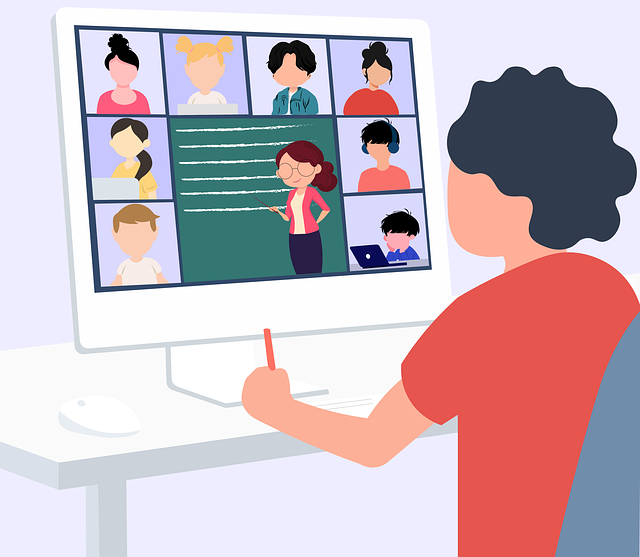Sign up for our daily edtech news briefing today, free.
As the math tech specialist at Morningside Community School in Pittsfield, Mass., I’m always working to learn about and adapt to the things that are important to my students so that I can create engaging activities and authentic learning environments for them. Challenges to that work are just opportunities to turn lemons into lemonade iced tea — something positive but with your own personal twist.
Certainly, the coronavirus pandemic has been costly in many ways, including learning disruptions for students. But one of the best lessons we can model for our students is how to persevere through struggle productively and come out the other side with new skills and strategies.
An opportunity to think ahead
One of the most basic challenges we’ve all faced as teachers during remote learning is ensuring that students arrive on time virtually, with the materials they need for class. Coming up with ways to make hands-on student thinking and learning visible remotely was a challenge for me, and if they don’t have what they need at the beginning of class, it becomes that much more difficult.
So that became an opportunity to think ahead and tell them, for example, “Hey everyone, you’re going to need a ruler and a clothes hanger tomorrow because we’re going to talk about triangles. Try to find some triangles in your world tonight!”
I have to be a little more conscientious about getting information to them earlier, but it also gives them more time to explore the concepts we’re talking about in their own environment before we dig in.
An opportunity to see what sticks
When we first moved to remote instruction in the spring, we weren’t sure exactly what it would look like. It was a pure trial by fire. We just tried everything we had, looked to see what was working, and dug into the data over the summer to let it drive our instruction.
We were already using GO Math for our core curriculum and ST Math as a supplement. ST Math presents mathematical concepts as puzzles that ask students to move a penguin, JiJi, from one side of the screen to the other. It’s a great way to present math to different kinds of learners: It provides scaffolding and enrichment for students who need a little extra support and challenges for those who are ready to zoom ahead. The ST Math team also worked with us early on in the pandemic to dive deeper into the data the program tracks so we could better use the tools we already had.
New opportunities for collaborative learning
We use Zoom as our videoconferencing platform, and breakout rooms are great for small-group work. But videoconferencing is awkward, and it can be difficult to get the ball rolling. One way we get around this is by using ST Math’s puzzles to get students talking about math with each other — offering suggestions for getting JiJi across the screen and explaining why different approaches might work.
That initial awkwardness has also encouraged me to be more diligent about digging into student data before small-group work to make sure I’m teaming them in ways that they’ll be able to support and encourage each other. If we’re learning about multiplication, but a few students are still working in addition, I need to take that into account to create a safe and positive environment for everyone.
An opportunity to build a culture of empathy
Maybe the greatest opportunity I’ve had over the past year is that of building a culture of empathy. Whether it’s considering their material challenges and opportunities as they learn at home, digging in to find out where they stand and what resources they’re connecting with, or working to create supportive groups for learning discussions, the opportunities I’ve seen in the last year have all led to better means of supporting students as individuals.
In this last year we’ve had so much opportunity to build trust with students in new ways. How often do teachers get to invite students into their homes? How often do we visit students’ homes? How often do parents listen in on classes? In a typical year the answer to all those questions is “never,” but it has been happening every day for most teachers and students during the pandemic.
I think I’m a better teacher because of the pandemic. Part of that is certainly because I’ve learned a number of best practices. I’m better at using technology and providing tools to support at-home learning, for example, but learning to better connect with students who may be more distant than I’d like is the real improvement.
Billie Jo Lamoureaux is the math tech specialist at Morningside Community School, where she uses ST Math as a math supplement. She can be reached at blamoureaux@pittsfield.net.
_____________________________________________________________________
Like this article? Sign up for our Edtech news briefing to get news like this in your inbox, or check out all of SmartBrief’s education newsletters, covering career and technical education, educational leadership, math education and more.
